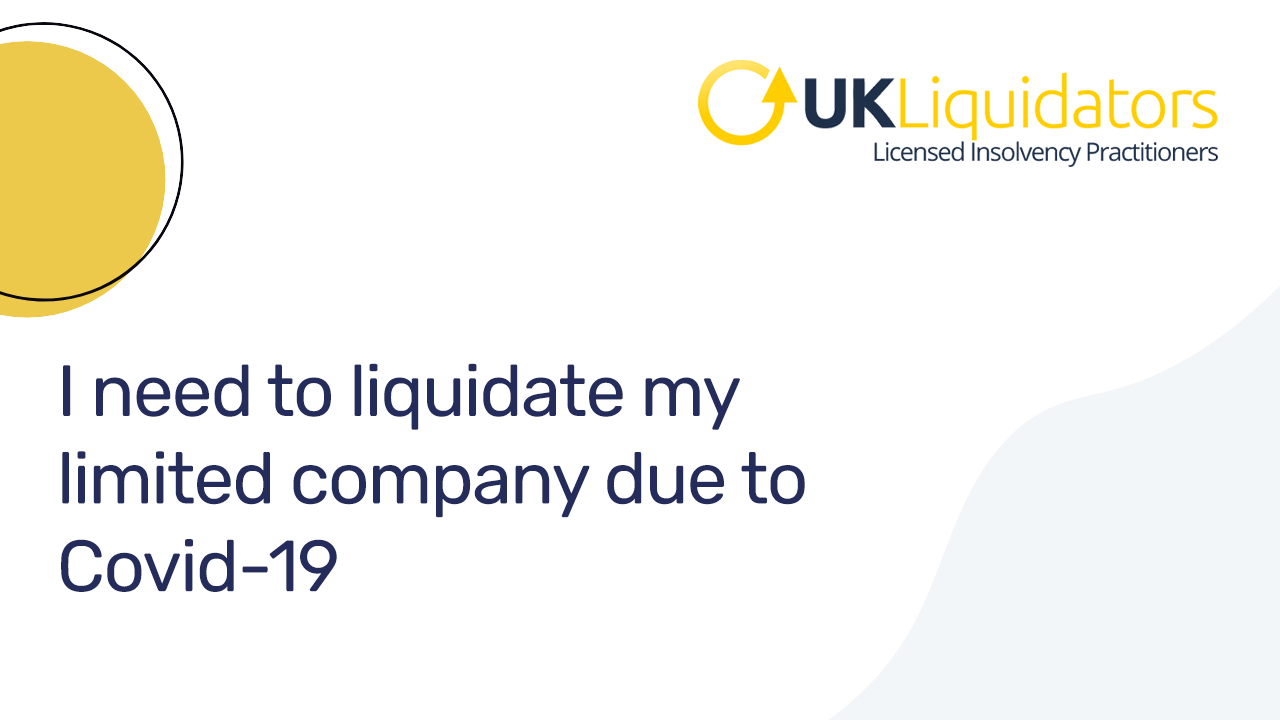What Does Insolvency Practitioner Do?
What Does Insolvency Practitioner Do?
Blog Article
Fascination About Insolvency Practitioner
Table of ContentsThe 10-Minute Rule for Insolvency PractitionerInsolvency Practitioner Things To Know Before You BuyNot known Factual Statements About Insolvency Practitioner Insolvency Practitioner Can Be Fun For AnyoneThe smart Trick of Insolvency Practitioner That Nobody is DiscussingAn Unbiased View of Insolvency PractitionerThe Best Guide To Insolvency Practitioner
Bankruptcy is when liabilities are more than the worth of the firm, or when a debtor can not pay the debts they owe. A business can become insolvent because of a number of circumstances that cause poor capital. When confronted with bankruptcy, an organization or person can speak to creditors directly and restructure debts to pay them off.
Business proprietors may contact lenders straight and restructure debts into more convenient installations. Lenders are usually responsive to this strategy since they want to be paid off and stay clear of losses, even if the repayment is on a postponed schedule.
The proprietor creates a proposition describing how the debt may be reorganized utilizing price decreases or other prepare for support. The proposition shows creditors how the company might generate sufficient capital for lucrative operations while paying its financial debts. Normally, a forgiven financial debt might be considered income by the Irs (INTERNAL REVENUE SERVICE).
5 Simple Techniques For Insolvency Practitioner
When a company has to pay raised costs for items and solutions, the firm passes along the price to the customer. As opposed to pay the boosted price, many consumers take their business in other places so they can pay much less for an item or solution. Shedding customers causes losing revenue for paying the business's lenders.
When operations discontinue, so does the business's income. Some companies become bankrupt due to the fact that their products or solutions don't evolve to fit customers' changing demands.
Insolvency Practitioner Things To Know Before You Buy
Costs exceed revenues and bills continue to be overdue. Cash-flow insolvency takes place when a business has the properties to cover their financial obligations but they are in the incorrect form, such as genuine estate instead of fluid funds. Balance-sheet bankruptcy, on the various other hand, shows an absence of assets in any type of type to cover debts.
The internal revenue service states that an individual is bankrupt when the total obligations surpass total assets. Insolvency Practitioner. A insolvency, on the other hand, is an actual court order that portrays how a bankrupt individual or service will certainly pay off their creditors, or just how they pop over to this site will offer their properties in order to make the settlements
Insolvency Practitioner Things To Know Before You Get This
When a company or individual is financially troubled, they can not meet their financial responsibilities. Bankruptcy is not the same as bankruptcy, although a company that has actually come to be insolvent might file for bankruptcy. Bankruptcy is the state of not being able to pay your commitments while insolvency is a legal process to release your debts.
Comprehending the factors that can bring about bankruptcy, such as overspending, can assist you protect against bankruptcy and its consequences.
Not known Factual Statements About Insolvency Practitioner
It is well known that directors and officers of corporations (and supervisors of restricted responsibility firms) owe fiduciary duties to their organizations and their investors (or participants). These fiduciary commitments are defined by state statutes and, though there are variants from one state to another, they usually include a responsibility of loyalty and a responsibility of treatment.
The responsibility of treatment calls for directors and policemans to work out persistance, to make educated decisions, and to act in excellent confidence to make sure that their activities are in the ideal interest of the firm. Though past the extent of this discussion, some states allow these responsibilities to be restricted either by so noting in the organizational documents or following other demands.
The Basic Principles Of Insolvency Practitioner

Be cautious concerning giving investors favoritism at the cost of lenders (e.g., licensing and moneying a dividend or a supply redemption). Beware regarding advantageous treatment between courses of investors. Make sensible efforts to find out all the realities before taking a particular training course of action; directors ought to truly think that any decisions made are in the best passions of the company in its entirety (i.e., decisions will certainly be reviewed in hindsight in light of the effect of such actions on the firm).
In any kind of personal bankruptcy or bankruptcy proceeding, payments made to specific financial institutions at the expenditure of various other creditors can be clawed back, specifically if there is some connection in between the company and the financial institution. Consider proposing at an annual shareholder meeting (or any various other conference of stockholders) a resolution affirming that all previous service choices and activities go to my blog taken by the supervisors and officers of the firm were absorbed good faith after an exercise of reasonable treatment.
The Single Strategy To Use For Insolvency Practitioner
Totally disclose any individual or service relationships with parties beyond of transactions including the firm to avoid the look of a problem of passion. In evaluating Bonuses potential fund elevating transactions or a sale of possessions of the struggling corporation, know that these deals may be inspected later due to any type of succeeding development of directors' fiduciary duties to include creditors.
Report this page